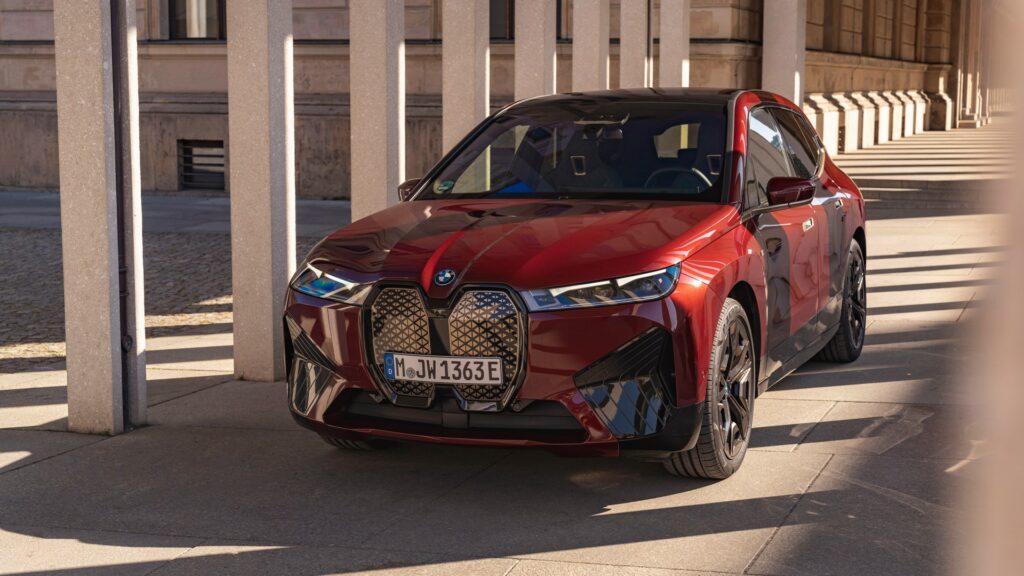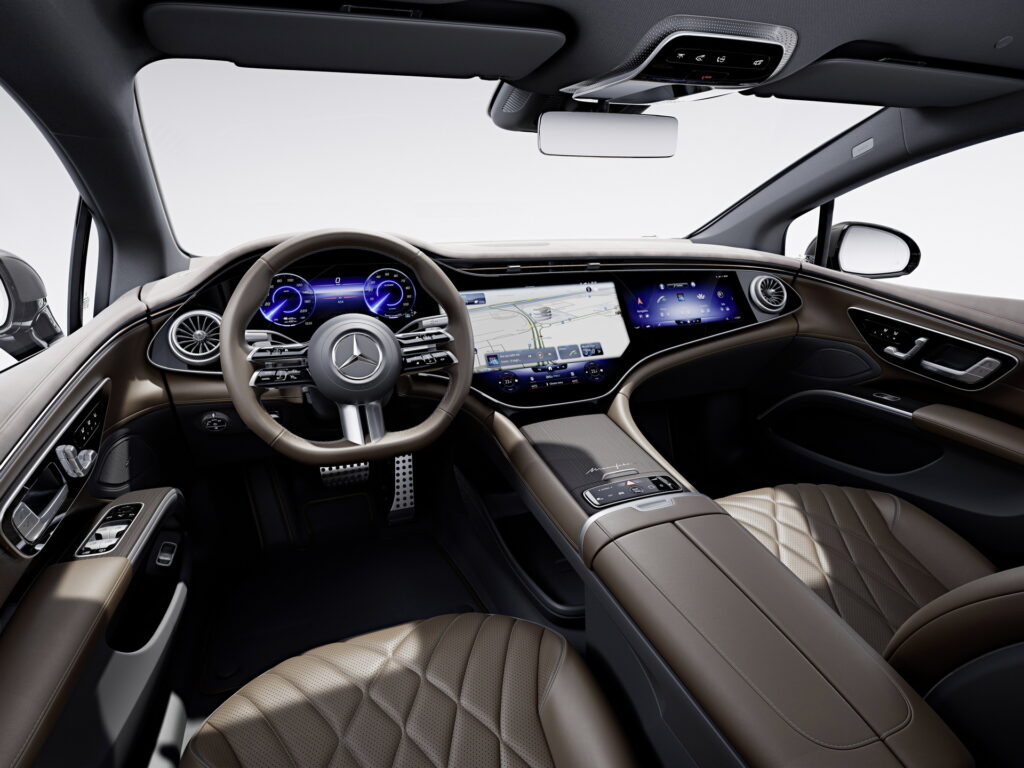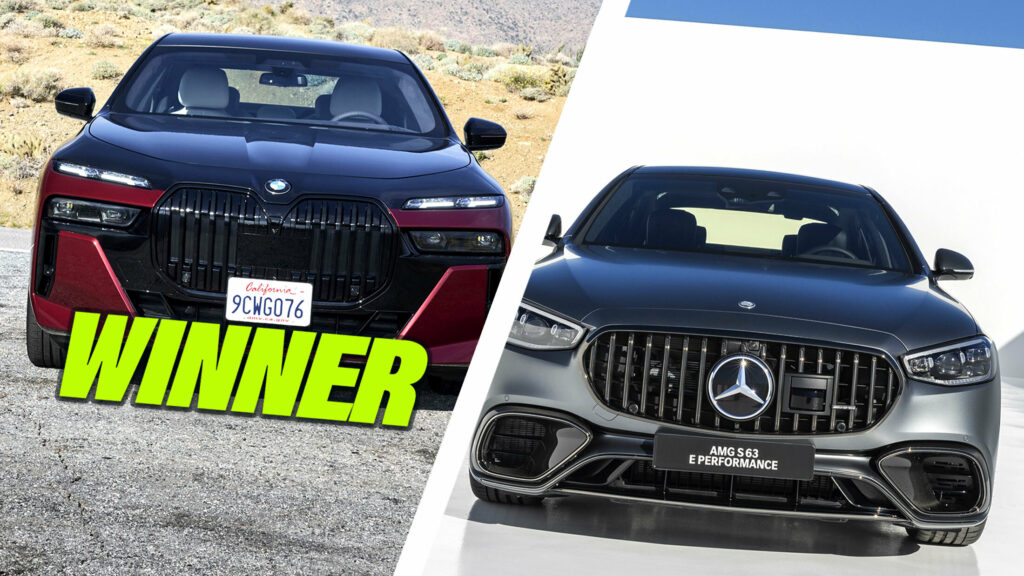BMW narrowly beat its closest rival Mercedes in the 2022 global sales battle as the BMW Group maintained its position as the number one-selling premium auto company in the world.
Cars with the blue and white propeller badge found 2,100,692 homes last year, while Mercedes sold just 56,792 fewer cars, its total coming to 2,043,900 units.
The BMW, Mini and Rolls-Royce brands that make up the BMW Group’s automotive division collectively shifted 2,499,636 vehicles in 2022. That represents a fall of 4.8 percent on 2021’s numbers due to supply bottlenecks resulting from China’s pandemic lockdowns and the war in Ukraine that particularly stunted output in the first half of 2022.
Group sales of fully electric cars increased by almost 108 percent to 215,755, thanks to the success of cars like the i4 and iX, and it’s interesting to note that while sales of all engine types in China fell by 6.4 percent, and those in Europe dropped 7.5 percent, American buying habits barely changed: U.S. sales fell by just 1.3 percent to 361,892 units.
The BMW car brand was obviously responsible for most of those 2.5 million sales, although its 2.1 million tally was down 5.1 percent, while Mercedes sales fell by only 1 percent. But sales of electrified BMW vehicles, which includes both EVs and plug-in hybrids, climbed 35.6 percent to 372,956, and will only grow this year with the launch of the i5. BMW claims it wants fully-electric vehicles to account for 15 percent of its production in 2023.
Related: 1 In 3 BMWs Sold In The UK Last Year Came With A Plug

There was more good news at the BMW M performance division, which spent 2022 celebrating its half century and can now celebrate the fact that its sales increased by 8.4 percent during that anniversary year to an all-time high of 177,257. BMW’s Motorrad motorcycle arm also scored its best ever year (202,895; up 4.4 percent), and even Rolls-Royce managed to shift more cars, moving 6,021, which was 7.8 percent more than it had managed the previous year.
Mini didn’t fare quite so well, it’s sales dropping 3 percent to 292,923 units. But on the positive side the number of electric and PHEV Minis climbed 14.3 percent to almost 61,000. Those cars are almost certainly more profitable than lower-priced gas-powered Minis, and the market interest in the firm’s electric cars will be seen as a welcome sign at Mini, which is gearing up to launch two electric models of the all-new Mini family later this year.





